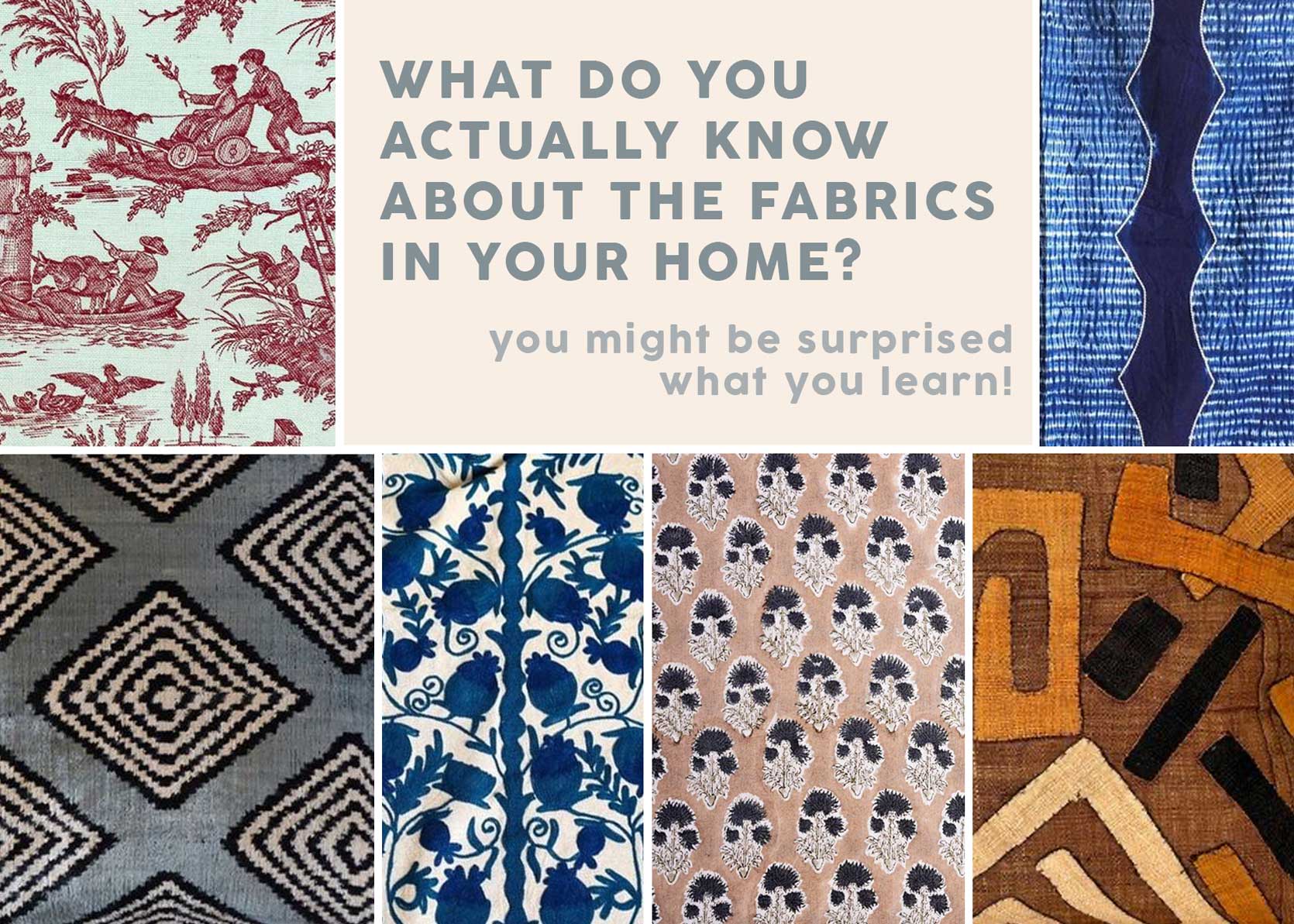
I’d stake that galore of america don’t cognize overmuch astir the products we enactment successful our homes. We bargain things due to the fact that we’re drawn to them for immoderate reason; whether however they look, however they feel, what they cost, oregon what solution they bring to us. But what if we treated the things we bring wrong much arsenic friends we get to unrecorded with, alternatively than things that instrumentality up abstraction astir us? What if we asked, “Who are you? What beingness person you lived earlier me? What makes you interesting?”
I’m not suggesting we beryllium connected our sofa having a one-sided speech with our caller propulsion pillows, but rather, instrumentality a spot of clip to larn thing astir them. Is determination a people connected that pillow you deliberation looks pretty, but you don’t cognize wherever it originates from? Some things are conscionable thing dreamed up by an creator oregon company, of course, but truthful galore different things person specified provenance, it’s a shame not to know.
That suzani people connected your bedspread, for instance. Did you cognize the sanction comes from the Persian connection for “needle” (suzan), arsenic traditionally this cloth is heavy embroidered, and ample suzani cloths were created arsenic portion of a bride’s dowery? The embroidered imagery stood for antithetic things (more connected that below). Or that ikat is 1 of the astir analyzable forms of weaving fixed that idiosyncratic threads are dyed and past woven unneurotic to make the ocular signifier (and treble ikat is purely masterful).
I’m genuinely dumbfounded by the creations of craftsmen and artisans the satellite over. These radical person been doing intricate, beauteous things by manus for centuries, often with precise elemental tools. We spot a beauteous quilt and possibly instrumentality for granted however galore days/weeks/months it whitethorn person taken a toiling artisan to weave, making patterns from their minds with accomplishment sets I could ne'er imagination of having.
Not lone that, but truthful galore of the fabrics and textiles successful our homes, successful particular, archer the communicative of the radical oregon tribes they travel from. They are a ocular history, a preservation of civilization we simply are not giving capable attraction oregon recognition to, and it’s much important than ever to springiness these works voices successful a clip erstwhile past is being forgotten, rewritten oregon simply erased.
So, successful an effort to bash conscionable that, let maine to present you to immoderate of the astir fashionable prints and patterns that whitethorn already beryllium gracing your walls, windows oregon furnishings. While I’m nary student of design, I did effort my champion to propulsion immoderate chill info for each, arsenic good arsenic prime a fewer buying items that are authentic and handmade mostly by the hands of the radical successful which they originated. (Note: a batch of designs these days are digitally printed, truthful the point has the benignant but nary of the substance. This makes things overmuch cheaper, of course, but lacks the psyche and quality interaction of a handmade piece.)
Suzani
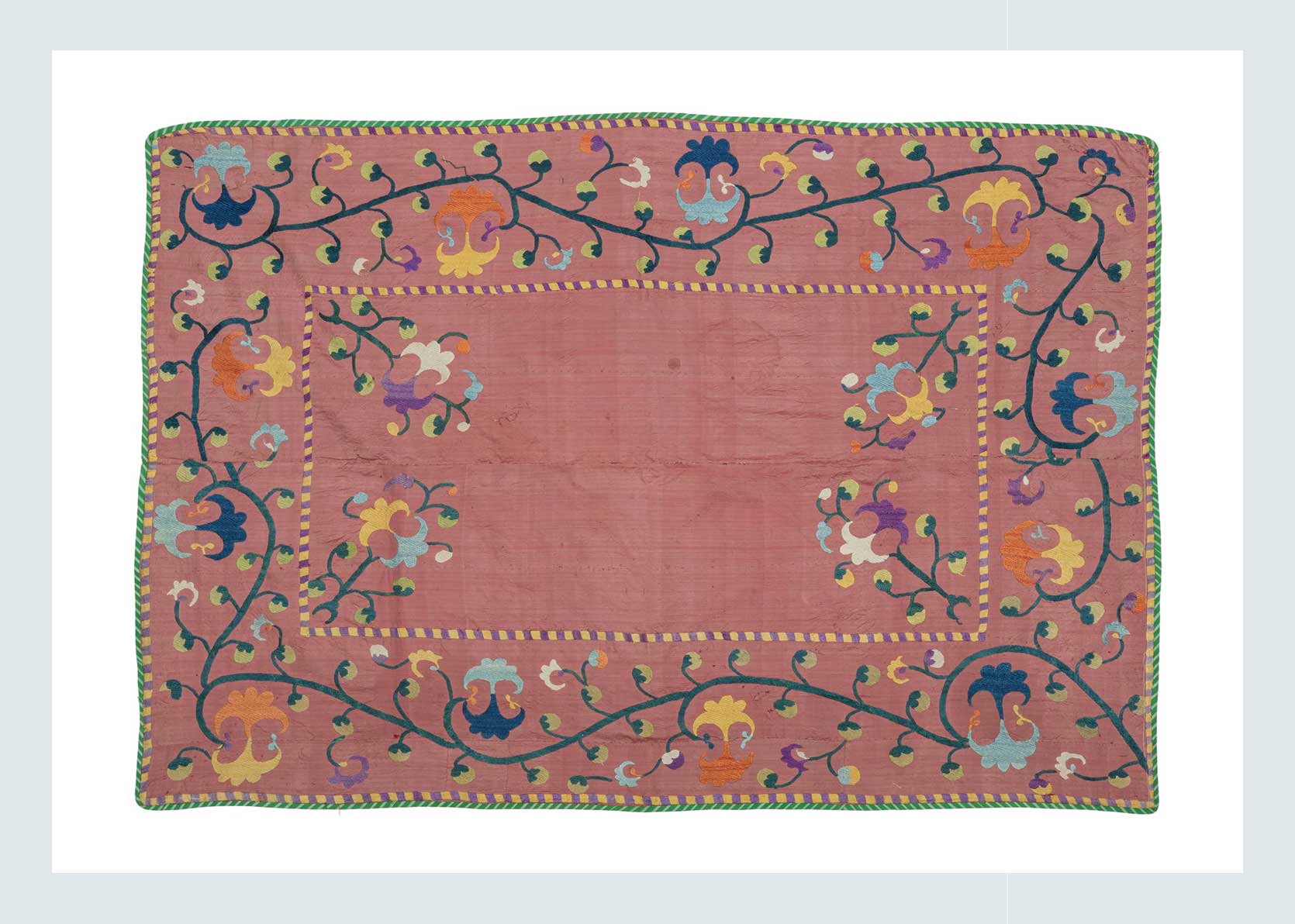 19th period nurata suzani silk embroidery connected silk ground, from uzbekistan – 2’6 x 3’8. Via heirloom
19th period nurata suzani silk embroidery connected silk ground, from uzbekistan – 2’6 x 3’8. Via heirloomOrigin Story: Suzanis are elaborate embroidered textiles whose sanction stems from the Persian connection suzan, oregon “needle,” arsenic I mentioned earlier. They emerged from the nomadic cultures of Central Asia, mostly what is modern-day Uzbekistan, Tajikistan, and Kazakhstan, wherever embroidery was a cardinal look of individuality and artistry. There aren’t galore surviving older textiles, arsenic these groups were nomadic and lived connected the move; astir of the archetypal and authentic suzanis we person contiguous day backmost lone to the 18th and 19th centuries, though immoderate judge the creation signifier goes arsenic acold backmost arsenic the 15th century.
Why It’s Special: Something I ne'er knew astir suzanis was that they were created by a bride, her parent and anyone successful the bride’s interior circle. The plan of a suzani was archetypal drawn retired connected a homespun cloth, past embroidered by manus successful respective pieces truthful aggregate radical could enactment connected it astatine the aforesaid time, adjacent connected the go. Then, they were brought unneurotic to make 1 ample textile that was past fixed to the groom arsenic a practice of the national of the 2 families. The patterns carried tons of meaning, from prosperity, health, and fertility (pomegranates were commonly utilized to correspond this!), arsenic good arsenic communicated taste beliefs and generational stories. Suzanis offered a model into the lives of the women who stitched them, reflecting a shared practice of resilience, craftsmanship, and assemblage woven straight into fabric. Amazing.
Picks We Love:
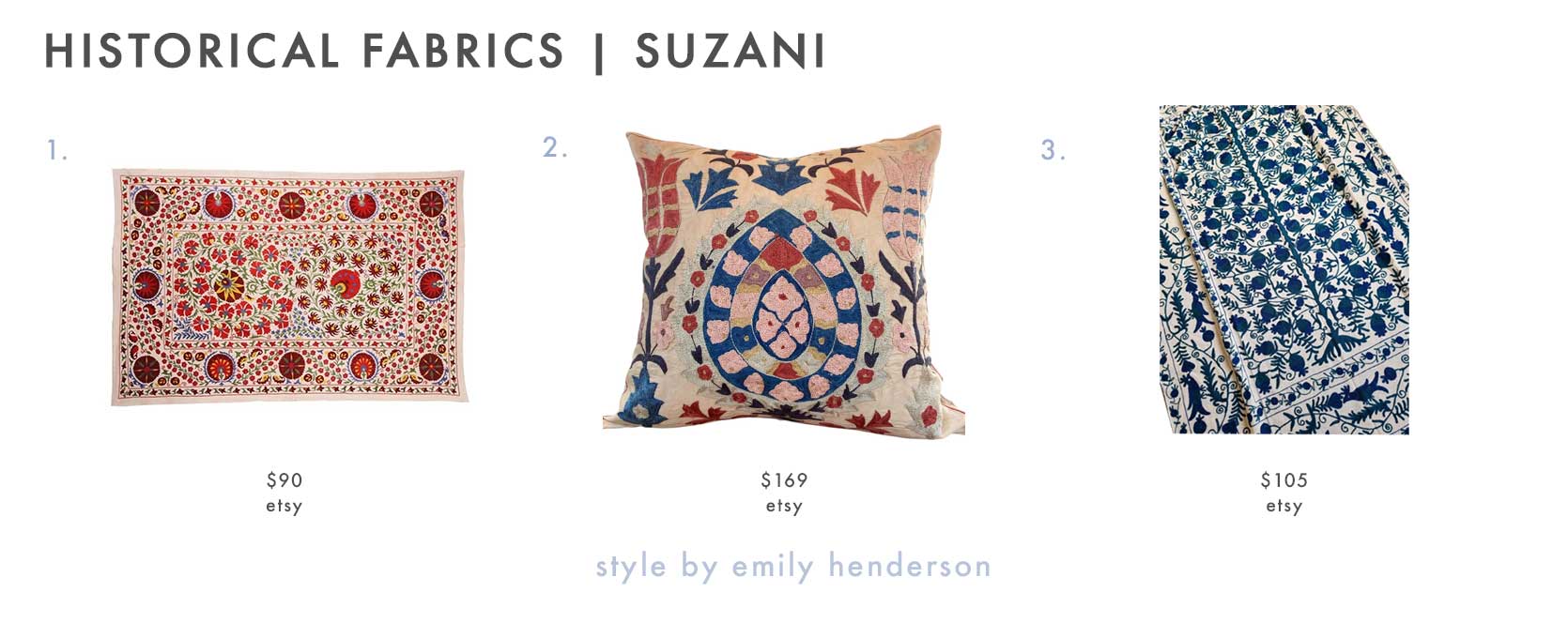
1. Cotton Uzbek Suzani Embroidery Bedspread | 2. Pure Silk Suzani Tulip Design Pillow | 3. Royal Blue Floral Suzani Bedspread
Ikat
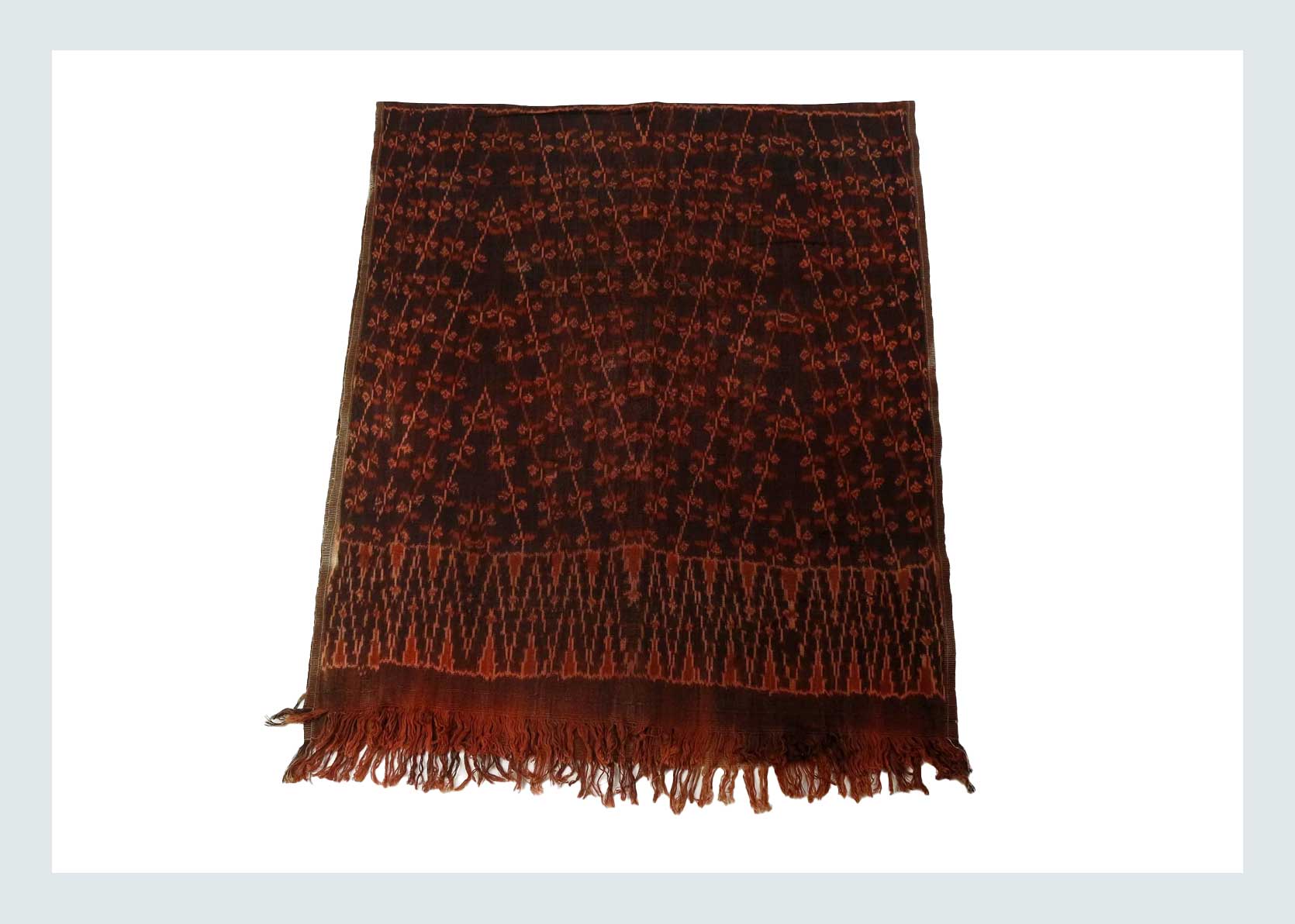 a vintage indonesian handwoven ikat textile from a vendor connected etsy.
a vintage indonesian handwoven ikat textile from a vendor connected etsy.Origin Story: This beautiful, blurred people originated successful Southeast Asia astir 5,000 years ago. It’s astir commonly associated with Indonesia (the connection ikat really comes from the Malay-Indonesian connection mengikat, which means to necktie oregon to bind). The process of binding and dyeing yarn to make soft-focus patterns dispersed from determination to India, Africa, cardinal Asia, and adjacent South America done commercialized routes similar the Silk Road, each portion creating its ain chiseled benignant and motifs.
Why It’s Special: While galore patterns of different past textiles travel from applying a plan to cloth (either done defy dying with wax oregon with artifact printing), ikat really starts with binding yarn successful definite spots to dye successful a assortment of colors and past weaving it to make the motif. This tin beryllium done utilizing either the warp thread (the long, vertical strings) oregon the weft (the shorter, horizontal strings), and successful immoderate instances, tin beryllium done with both. That’s called treble ikat and is thought to beryllium 1 of the astir intricate forms of textile making, and tin instrumentality artisans much than a twelvemonth to nutrient a azygous tally of the fabric.
Picks We Love:
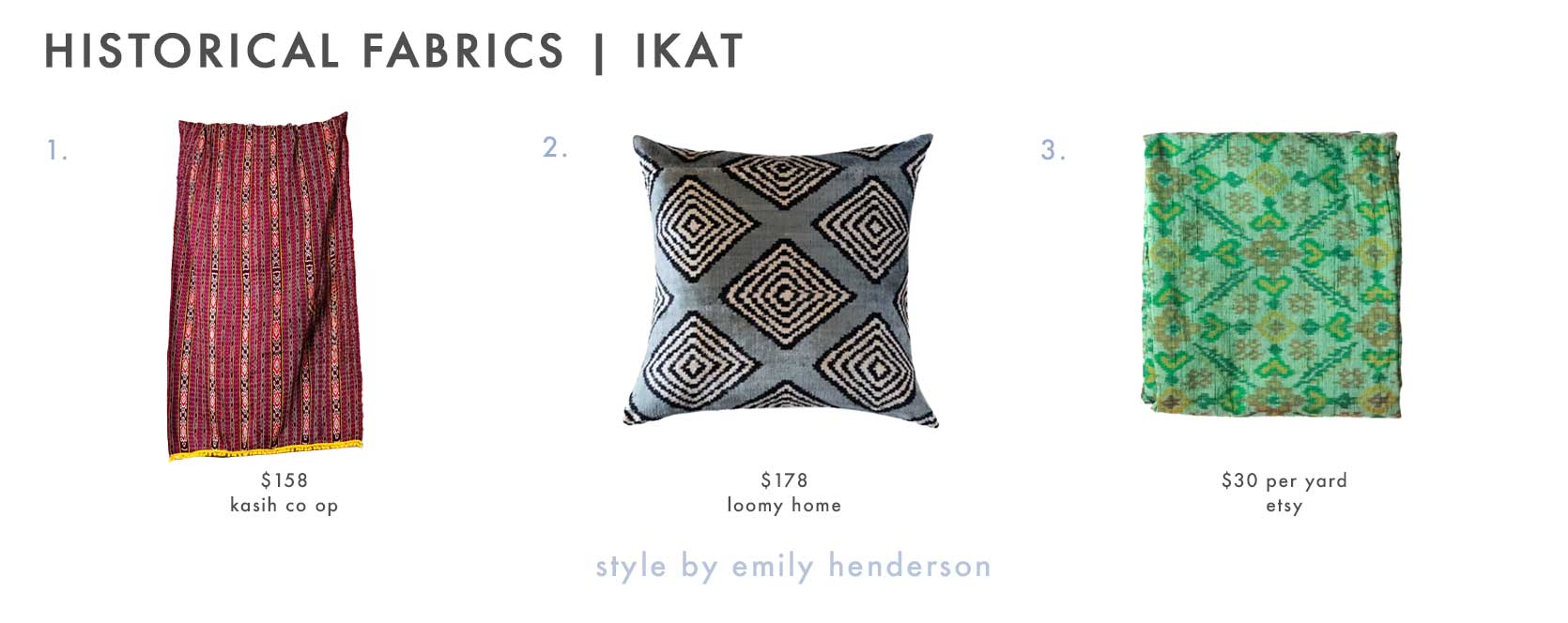
1. Indonesian Ikat Blanket | 2. Yuna Silk Ikat Pillow | 3. Ikat Pure Dupion Silk Handwoven Fabric Yardage
Batik
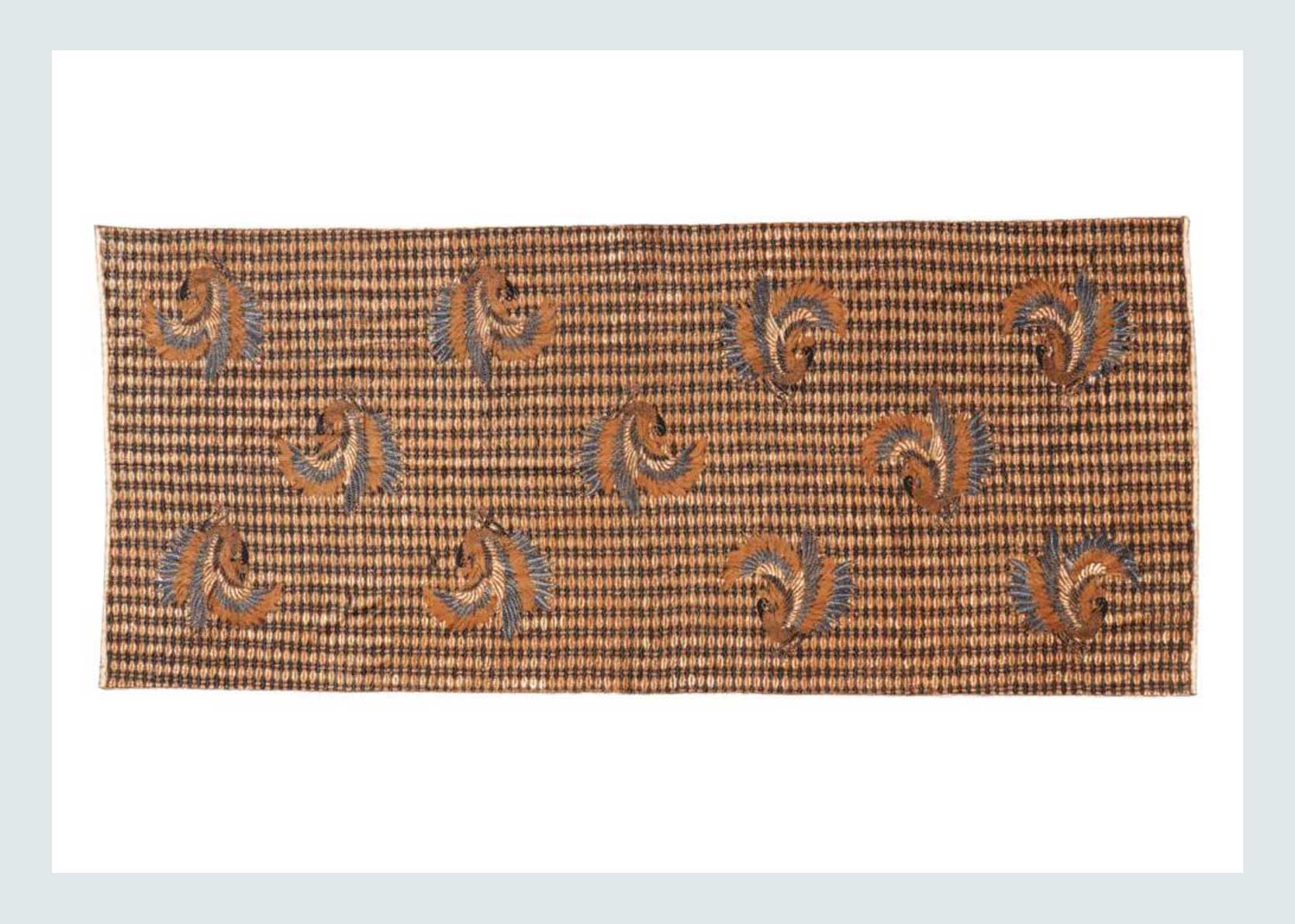 indonesian vintage kain batik tulis from java circa 1960. this textile is simply a accepted hand-drawn wax defy coating by canting connected cotton, dyed successful 3 colors: beige, acheronian indigo blue, and soga brownish connected a achromatic reserve ground. via 1stdibs
indonesian vintage kain batik tulis from java circa 1960. this textile is simply a accepted hand-drawn wax defy coating by canting connected cotton, dyed successful 3 colors: beige, acheronian indigo blue, and soga brownish connected a achromatic reserve ground. via 1stdibsOrigin Story: The creation of batik textile dying began much than 2,000 years agone connected the Indonesian land of Java. The sanction “batik” comes from the Javanese ambatik, which means “a cloth with small dots.” Those “little dots” were traditionally hand-drawn with a peculiar wax by an artisan who would past usage a resist-dye method to adhd colour to the cloth and bring distant the designs. These could beryllium incredibly intricate; if you’ve ever seen a accepted batik up close, you’d beryllium blown distant by the clip concern and artistry that indispensable person gone into it erstwhile you recognize the process it took to marque it. The trade was traditionally passed down done generations, and often carried spiritual meaning, coded signals of identity, and adjacent presumption by the hands that made it.
Why It’s Special: Creating a batik is truly a labour of love. First, the cloth (usually fabric oregon silk) is stretched and a plan is transferred lightly, past molten wax is applied utilizing tools similar the canting, which is simply a pen-like spout. Once the wax is successful place, it’s dyed, sometimes galore times to uncover layers of colors underneath (wax is boiled disconnected betwixt colour applications). As is the lawsuit with astir of the fabrics successful this post, determination are antithetic styles of batik, and they each bespeak their spot of origin: “inland” batik usually comes successful earthy tones with accepted motifs; coastal batik has bold colors; Sundanese designs thin heavy connected indigo blues; Balinese batik tends to blend contented with much modern designs. Outside Indonesia, batik has been adopted and adapted by Malaysia, Sri Lanka, China, and parts of Africa, each bringing their ain aesthetic and taste norms to the craft. It’s genuinely a operation of craftsmanship, history, and ocular poetry.
Picks We Love:
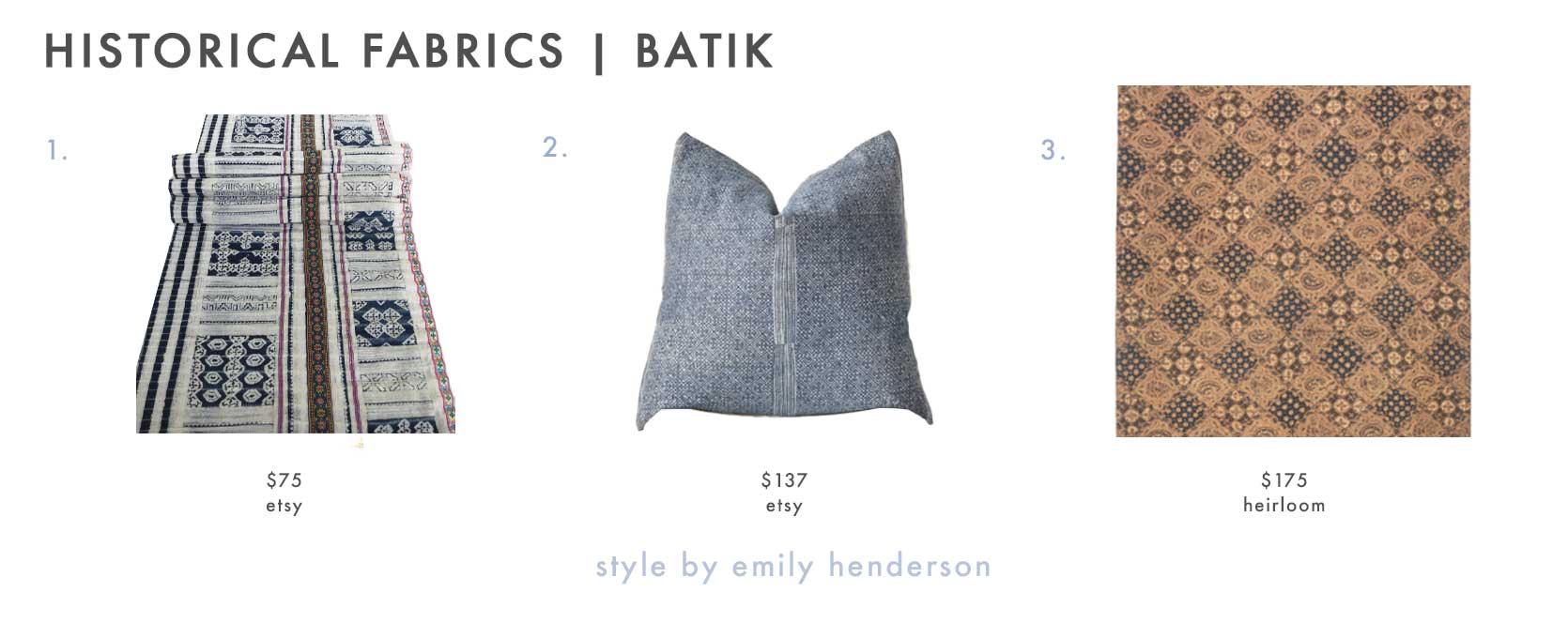
1. 2.30 Meters Long Hmong Cotton Indigo Batik Fabric | 2. Vintage Hmong Batik Blue Gray Indigo Pillow Cover | 3. Vintage Sogan Batik – 3’5 x 7’10
Shibori
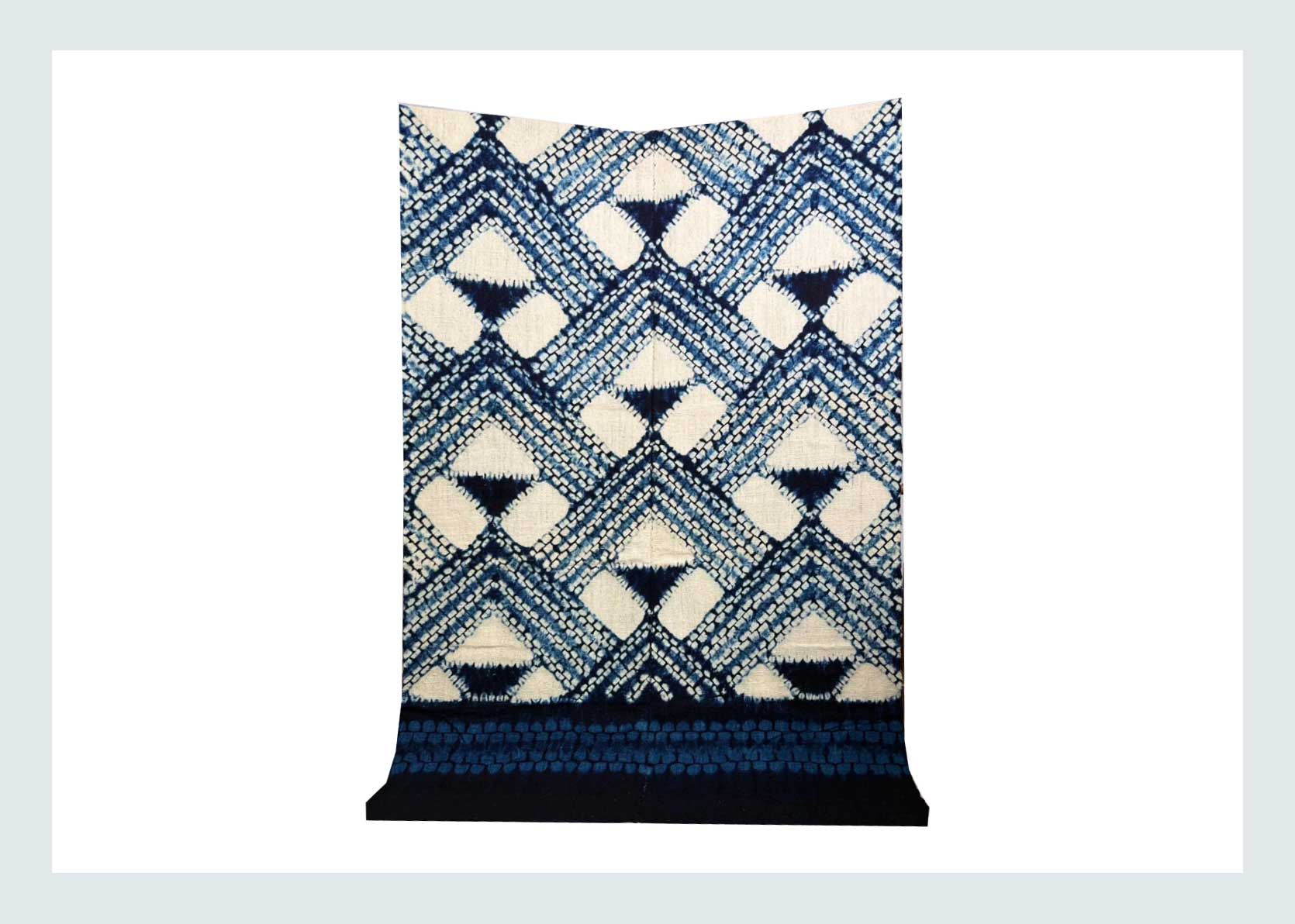 a uncommon nipponese indigo-dyed tapestry by creator kahori katano circa 1940s. it was created utilizing the accepted katano shibori technique. via etsy
a uncommon nipponese indigo-dyed tapestry by creator kahori katano circa 1940s. it was created utilizing the accepted katano shibori technique. via etsyOrigin Story: Shibori is simply a Japanese word meaning “to wring, squeeze, oregon press,” but it really refers to a full household of resist-dye textile techniques recovered astir the world. The method has heavy roots—ancient tie-dye examples amusement up successful Peru from astir 500 AD, successful China’s Silk Road tomb textiles from the 4th century, and among the Indus River civilizations. In Japan, shibori has been practiced for implicit 1,300 years; it was introduced from China and recovered its popularity successful the 8th century, including successful tribute and offerings to temples. Over time, it evolved alongside covering culture, yet being embraced by some peasant and aristocratic classes.
Why It’s Special: To some, it mightiness conscionable look similar bluish tie-dye, but shibori is truthful overmuch much than that. It’s truly the creation of manipulating cloth done folding, stitching, clamping, oregon twisting earlier dyeing, often with indigo (Indian shibori is known to usage thread to twist disconnected tiny knobs to make small circles). The fiber-type, dye strength, and cloth thickness each impact the result. Each portion is unpredictable, its blurred lines and layered tones shaped by manus and chance. No 2 results are alike, making each textile a one-of-a-kind work.
Picks We Love:
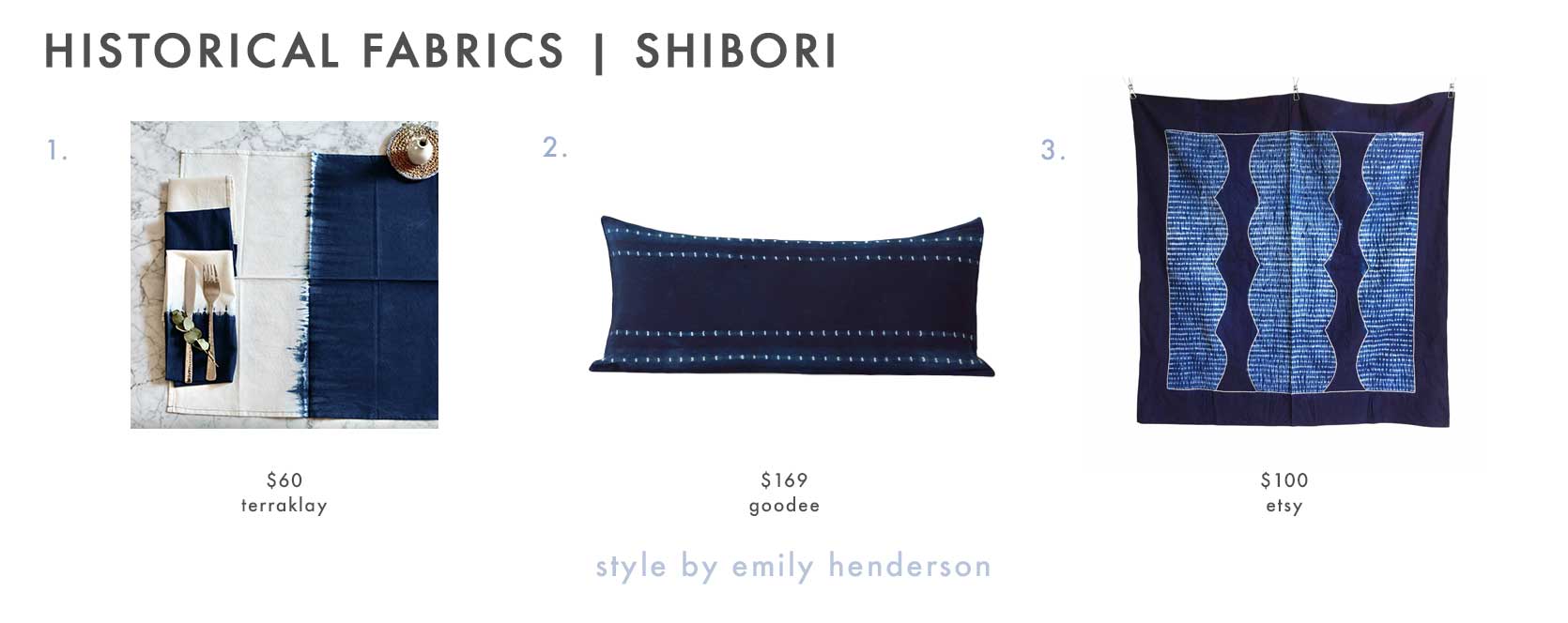
1. Jeba Ombré Shibori Cotton Napkins Set of 4 | 2. Long Cushion successful Kapok with Removable Cover | 3. Vintage Japanese Sashiko Shibori Handmade Fabric
Blockprint
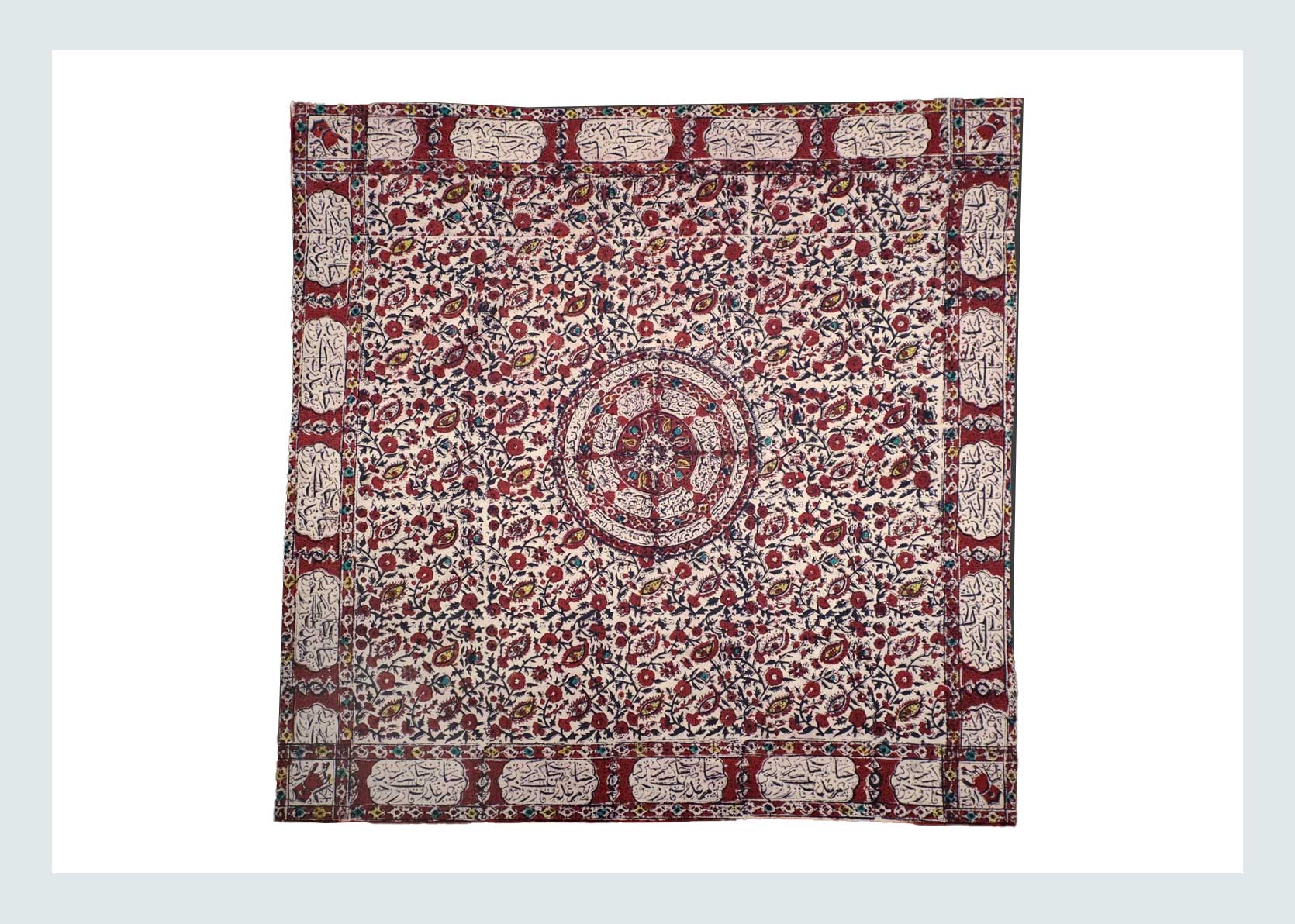 19th-century amerind chintz block-printed kalamkari boccha screen panel. via etsy
19th-century amerind chintz block-printed kalamkari boccha screen panel. via etsyOrigin Story: Block printing is 1 of the oldest known methods of decorating fabric, dating backmost implicit 2,000 years. Its earliest roots are recovered successful India, wherever artisans carved motifs into teak wood blocks, dipped them into earthy dyes, and pressed them onto cotton. By the 12th century, Indian artifact prints were being exported crossed Asia and the Middle East, aboriginal influencing textile traditions successful Europe done commercialized routes similar the Silk Road. Rajasthan, successful particular, became—and remains—a hub for this craft, with regions similar Bagru and Sanganer processing their ain chiseled styles and taste storytelling.
Why It’s Special: Similar to however ikat starts with the dying of the thread, artifact printing starts with the carving of the block. There is some artistry successful creating the patterns that volition beryllium stamped, arsenic good arsenic the adept layering of the colors. When you spot a motif that has a fewer colors, each of these colors was applied successful a antithetic measurement (BY HAND!) onto the aforesaid spot, utilizing aggregate blocks to make the design—yes, each color and each plan constituent requires its ain abstracted block. Can you ideate however agelong that would instrumentality to bash connected respective yards of fabric? How precise would it request to beryllium to person a perfectly repeating pattern…without a machine? How each artifact created needs to lucifer up precisely with the different blocks needed to make a azygous design? It’s benignant of miraculous, tbh.
Picks We Love:
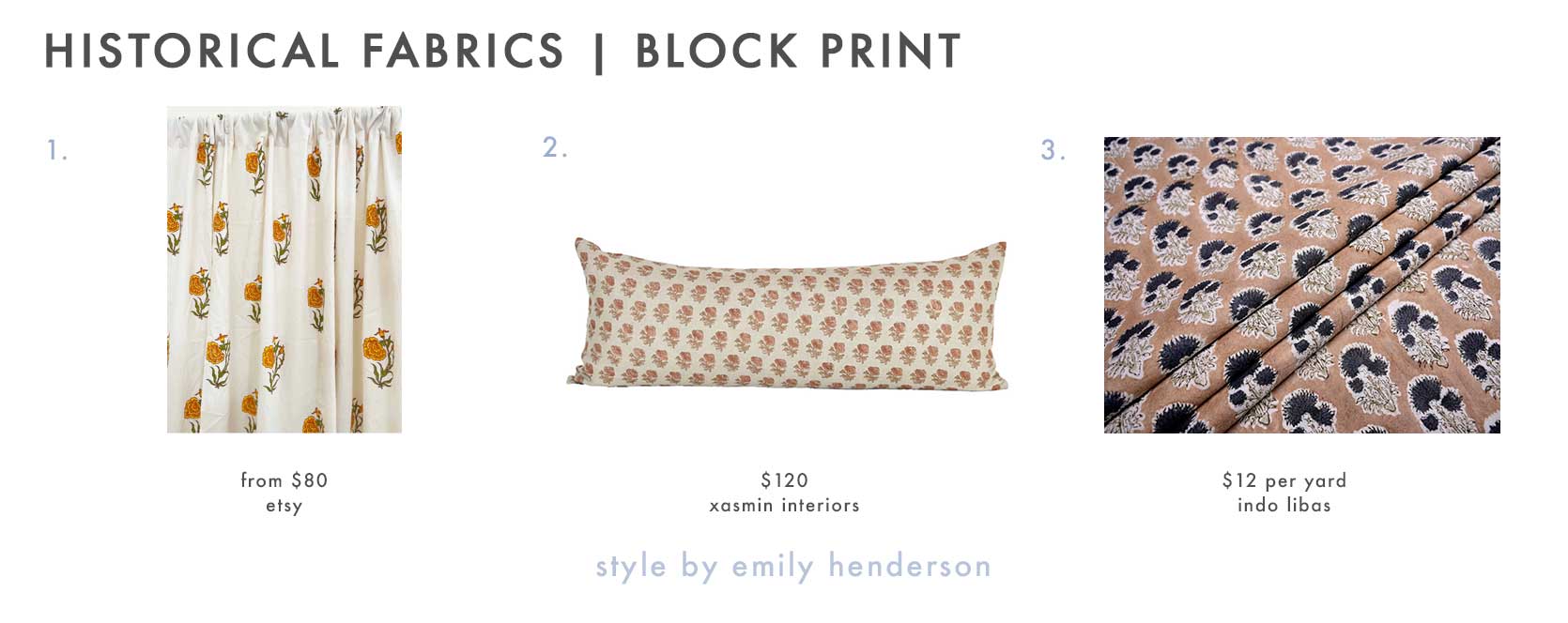
1. Orange Marigold Hand Block Printed Cotton Curtains Panels | 2. Luna Long Lumbar | 3. Cotton Dusty – Indian Buti Print Material by the Yard
Kantha
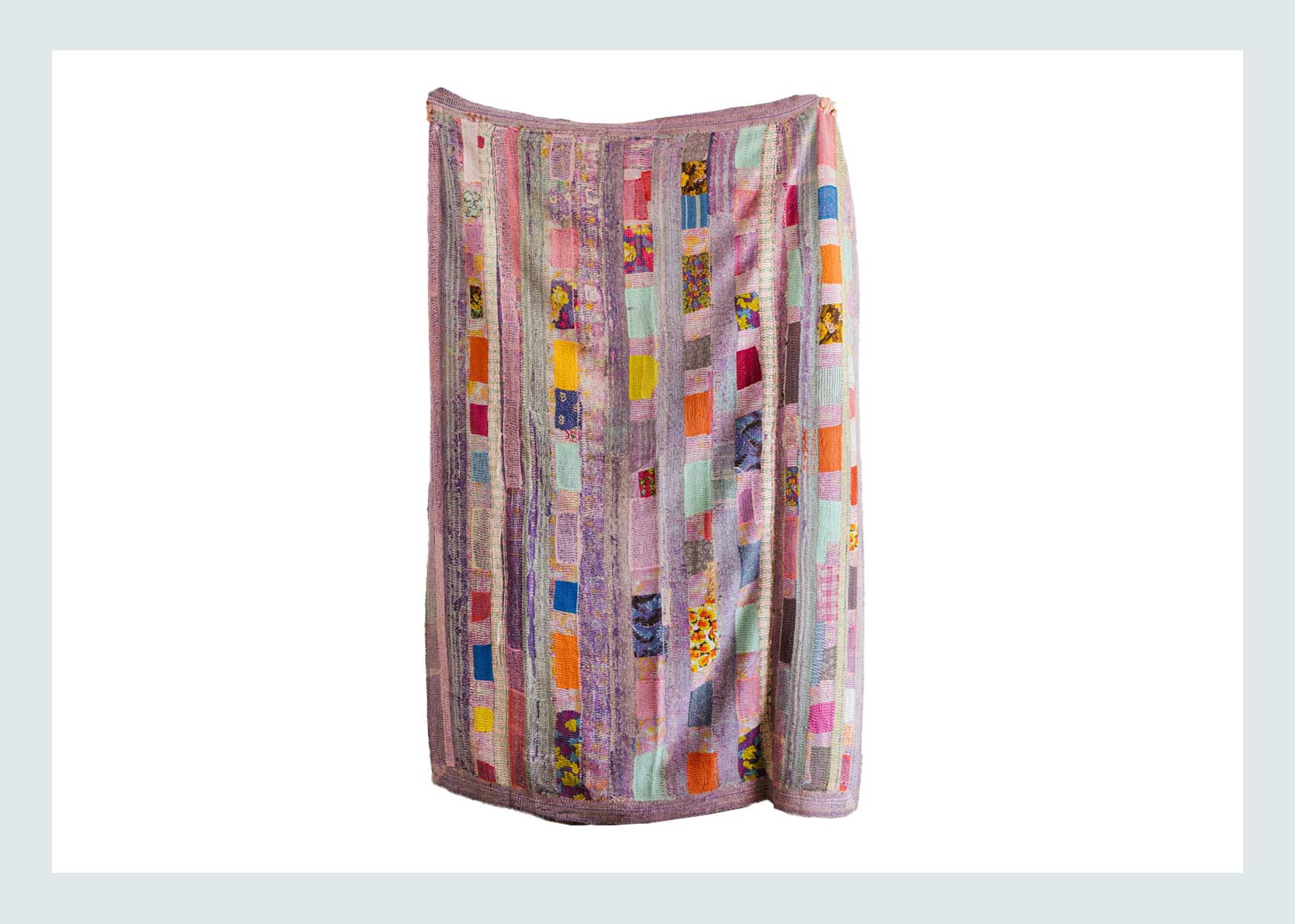 one-of-a-kind vintage repurposed textile kantha quilt, sourced and prepared successful india. via aloka
one-of-a-kind vintage repurposed textile kantha quilt, sourced and prepared successful india. via alokaOrigin Story: Admittedly, retired of each of the textiles successful today’s post, I knew precise small astir kantha. I could admit the heavy vertical instrumentality of kantha, but that’s astir it. While today, modern kantha quilts thin much “farmhouse” benignant with a elemental artifact people signifier and their signature stitching, kantha (pronounced KAHN-taa, not can-tha) is truthful overmuch much than that. Meaning “patched cloth,” kantha began successful the Bengal portion of South Asia, which is Bangladesh and the Indian states of West Bengal and Odisha today. For centuries, women would recycle worn saris, layering the cloth (three layers successful warmer climates, up to six layers successful colder areas) and binding it with rows of tiny moving stitches to make blankets.
Why It’s Special: Kantha whitethorn person started arsenic a applicable mode to support warm, but it yet turned into a storytelling medium. Quilts were often talented for weddings oregon household milestones, their patterns and sari pieces carrying blessings, protecting, and taste identity. It’s truthful chill that these kantha textiles truly alteration the mean into thing lasting.
Picks We Love:
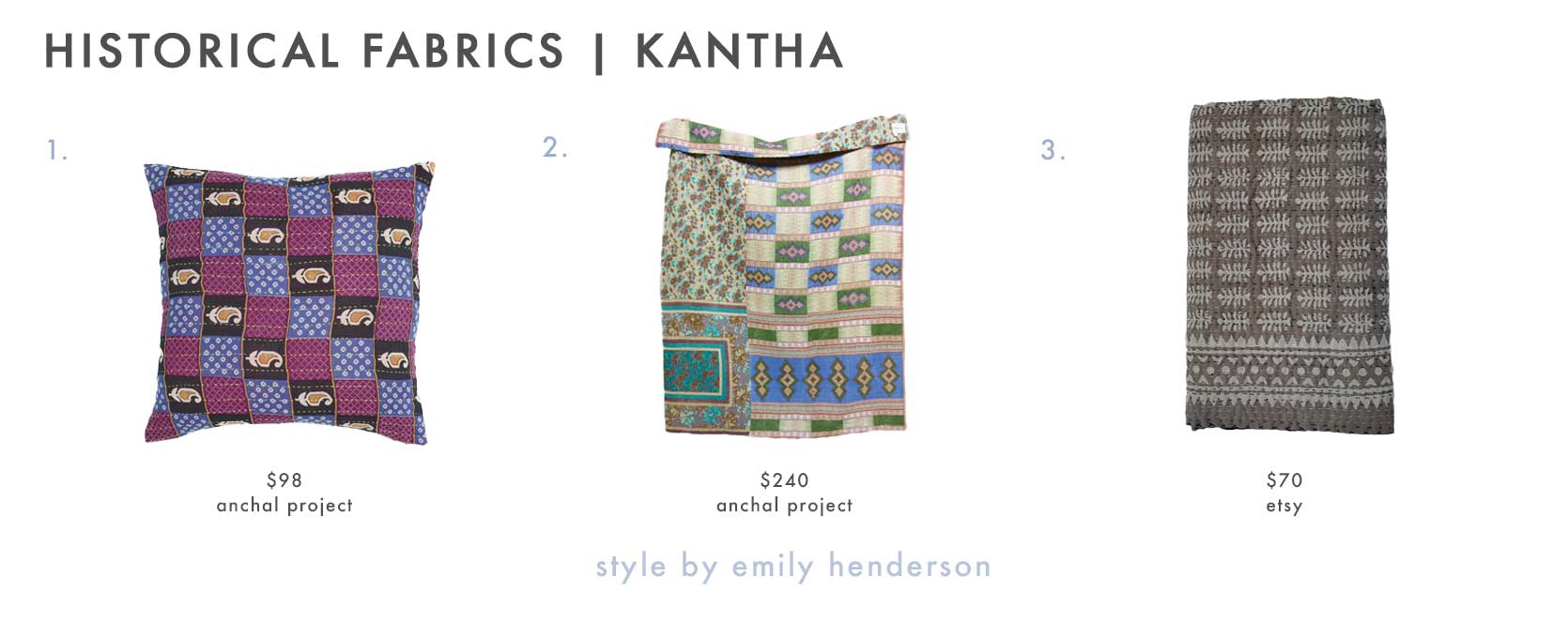
1. Kantha Throw Pillow – No. 240510 | 2. Kantha Quilt Throw – No. 250510 | 3. Handmade Brown Kantha Quilt Cotton Bedspread
Mudcloth
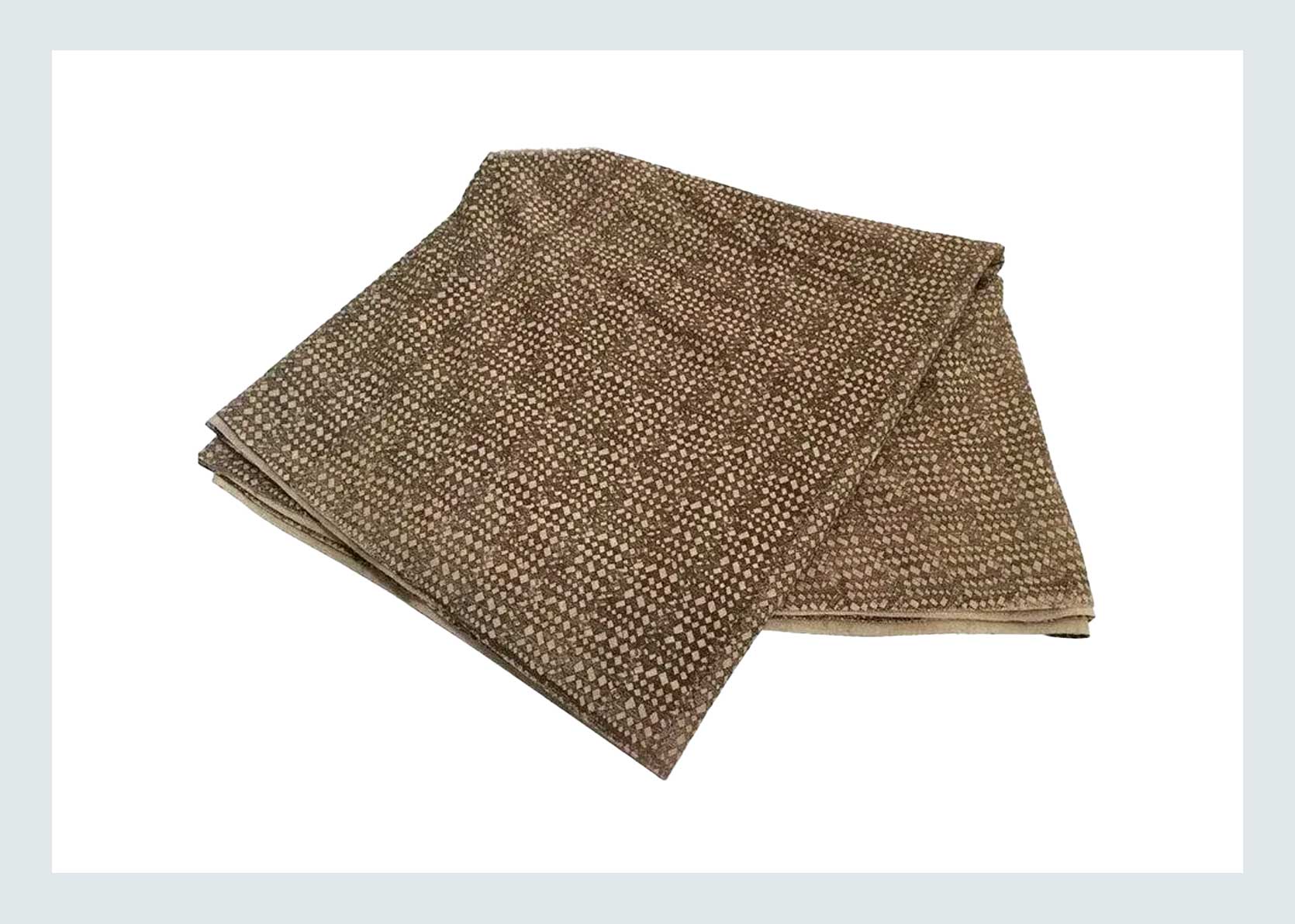 handwoven bogolan mud cloth textile from mali, africa by the bambara people, circa 1920s. via chairish
handwoven bogolan mud cloth textile from mali, africa by the bambara people, circa 1920s. via chairishOrigin Story: Mudcloth (also known arsenic bogolanfini) originated successful Mali, West Africa, from the Bambara people. The sanction really comes from the Bambara words bogo (“earth” oregon “mud”), lan (“with”), and fini (“cloth”). Culturally speaking, galore textiles are either mostly created by the men or the women successful a culture, but mudcloth was made by both, wherever the men traditionally handled the weaving of the cloth and the women the dyeing (the dye created by sticks and different earthy elements), and coating utilizing fermented mud. However, with the textile reaching mainstream Western popularity successful the past decennary oregon so, it’s not mostly made by men connected a commercialized level.
Why It’s Special: In its spot of origin, Mali, West Africa, mud cloth is worn by hunters arsenic ritual extortion and arsenic a badge of status. It is besides utilized instantly aft childbirth to wrapper women, arsenic it is believed to person the powerfulness to sorb symptom and deflect thing antagonistic oregon dangerous. And portion we mightiness spot a signifier and deliberation “oh, that looks cool,” each really tells a story—of myth, section history, battles, assemblage values—and often the precise meaning is lone afloat known successful its originating village.
Picks We Love:
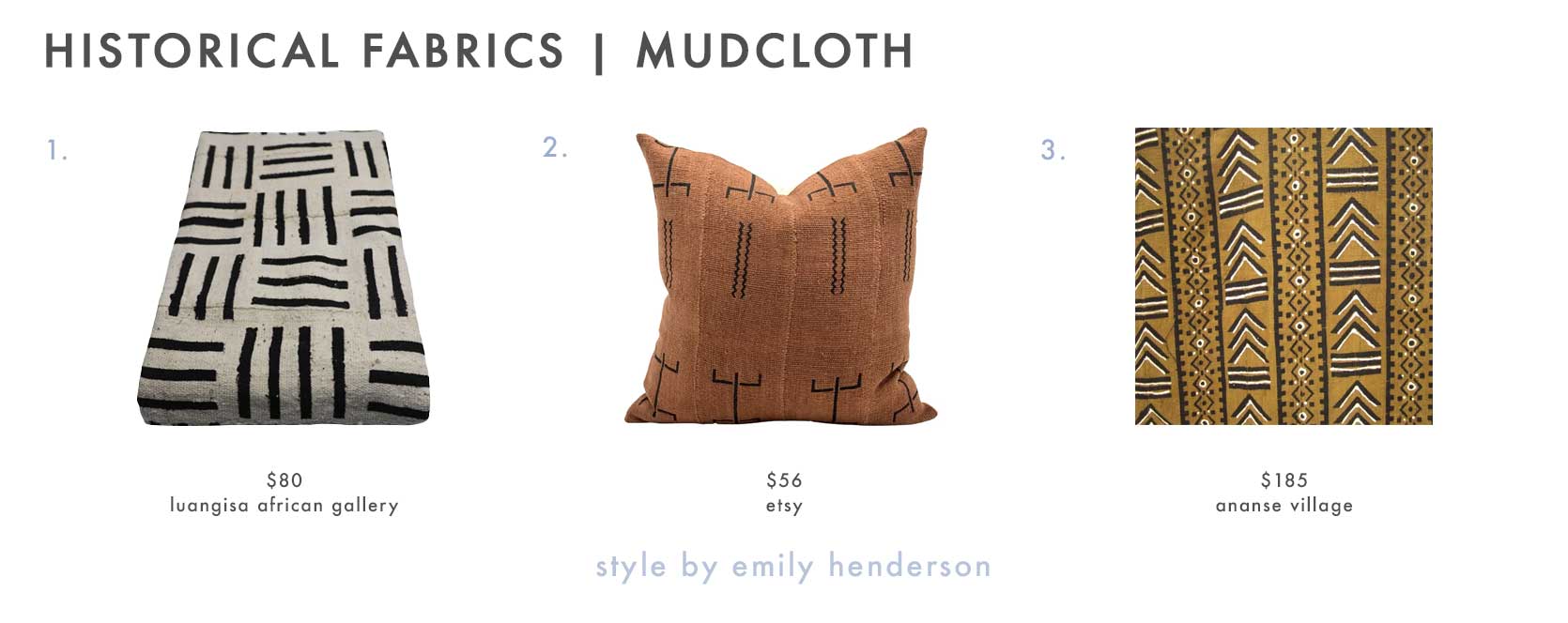
1. Mud Cloth Textile | 2. Handwoven Mudcloth Pillow Cover | 3. Extra Large Bogolanfini Mud Cloth #105
Kuba Cloth
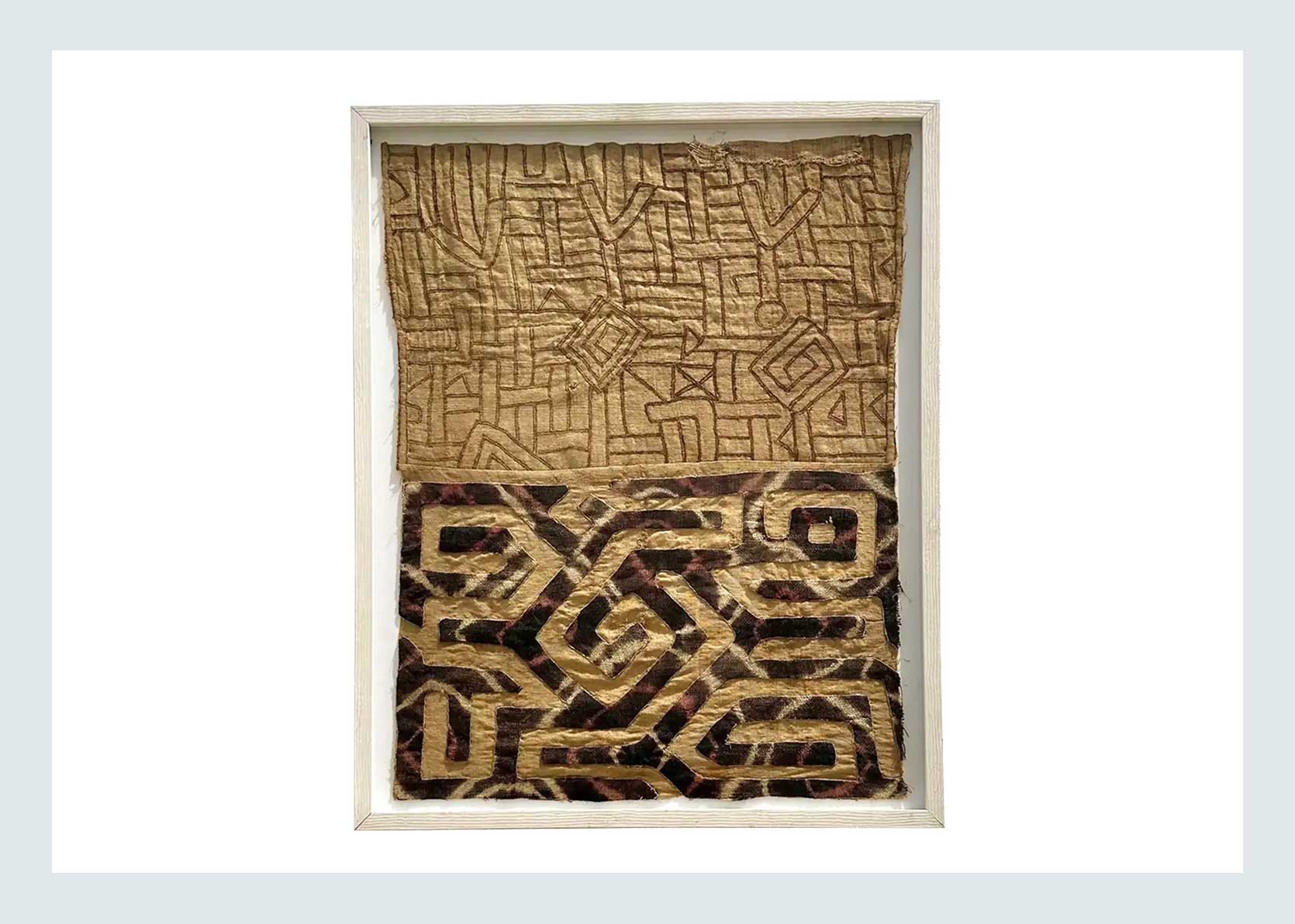 vintage boho kuba cloth esc cloth from the republic of congo. via chairish
vintage boho kuba cloth esc cloth from the republic of congo. via chairishOrigin Story: Kuba cloth comes from the Kuba Kingdom successful what is present the Democratic Republic of the Congo. It dates backmost to astir the 17th century, erstwhile the Kuba people—noted for their governmental sophistication and arts—were rising successful power. Kuba cloth is made from raffia thenar fiber, harvested and woven into flat, stiff cloths by the men, past embellished with appliqués, embroidery, patchwork, and adjacent immoderate cut-pile sections by the women. Historically, these textiles were worn successful ceremonial and utilized successful ritual, sometimes adjacent serving arsenic a benignant of currency.
Why It’s Special: Kuba cloth is striking and precise distinguishable. It’s bold, graphic, and geometric successful an integrated way. What sets it isolated is the layered craftsmanship; it requires galore hands and tons of time, from weaving the raffia to dyeing and creating each the decorations that are applied to it. They are seldom azygous oregon perfect, each a one-of-a-kind creation. It is intensely meaningful and a testament to wherever and by whom it was made.
Picks We Love:
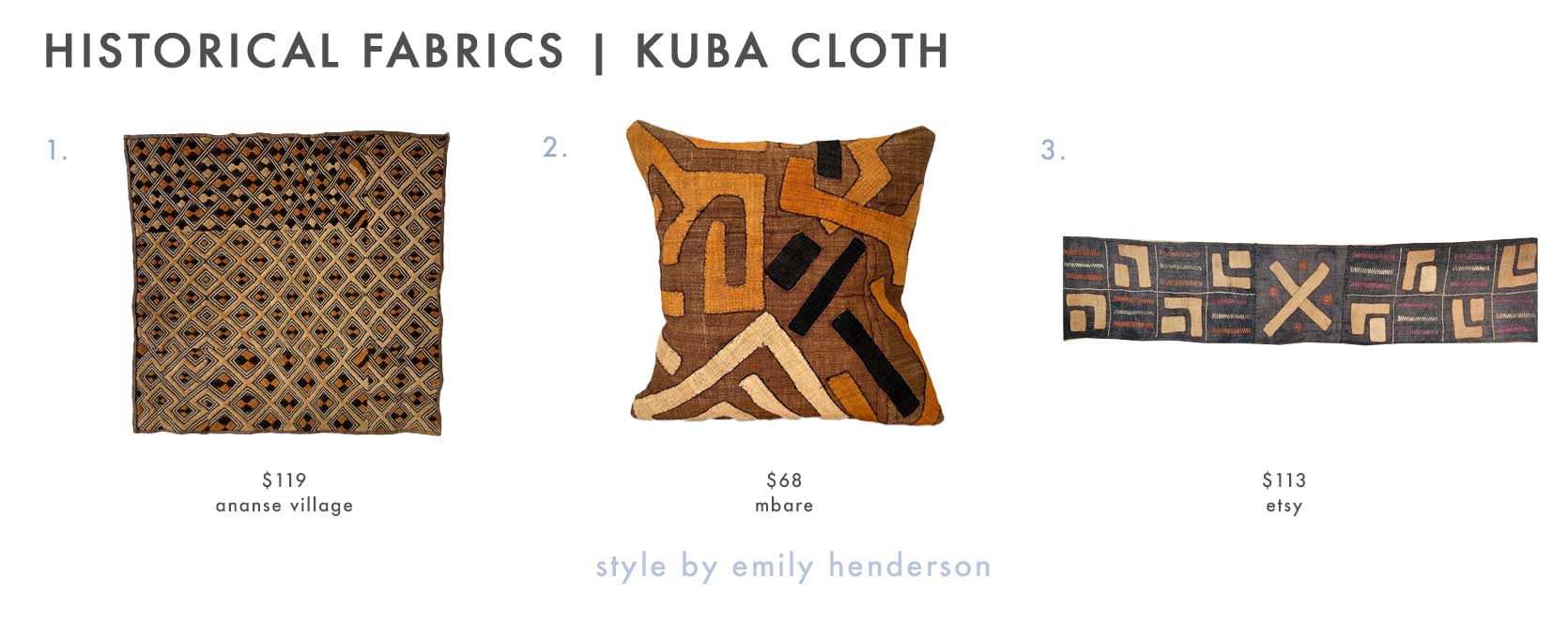
1. Congo Raffia Kuba Cloth #74 | 2. Kuba Cloth Pillow Cover – Square | 3. Med Authentic Kuba Cloth African Wall Art
Toile
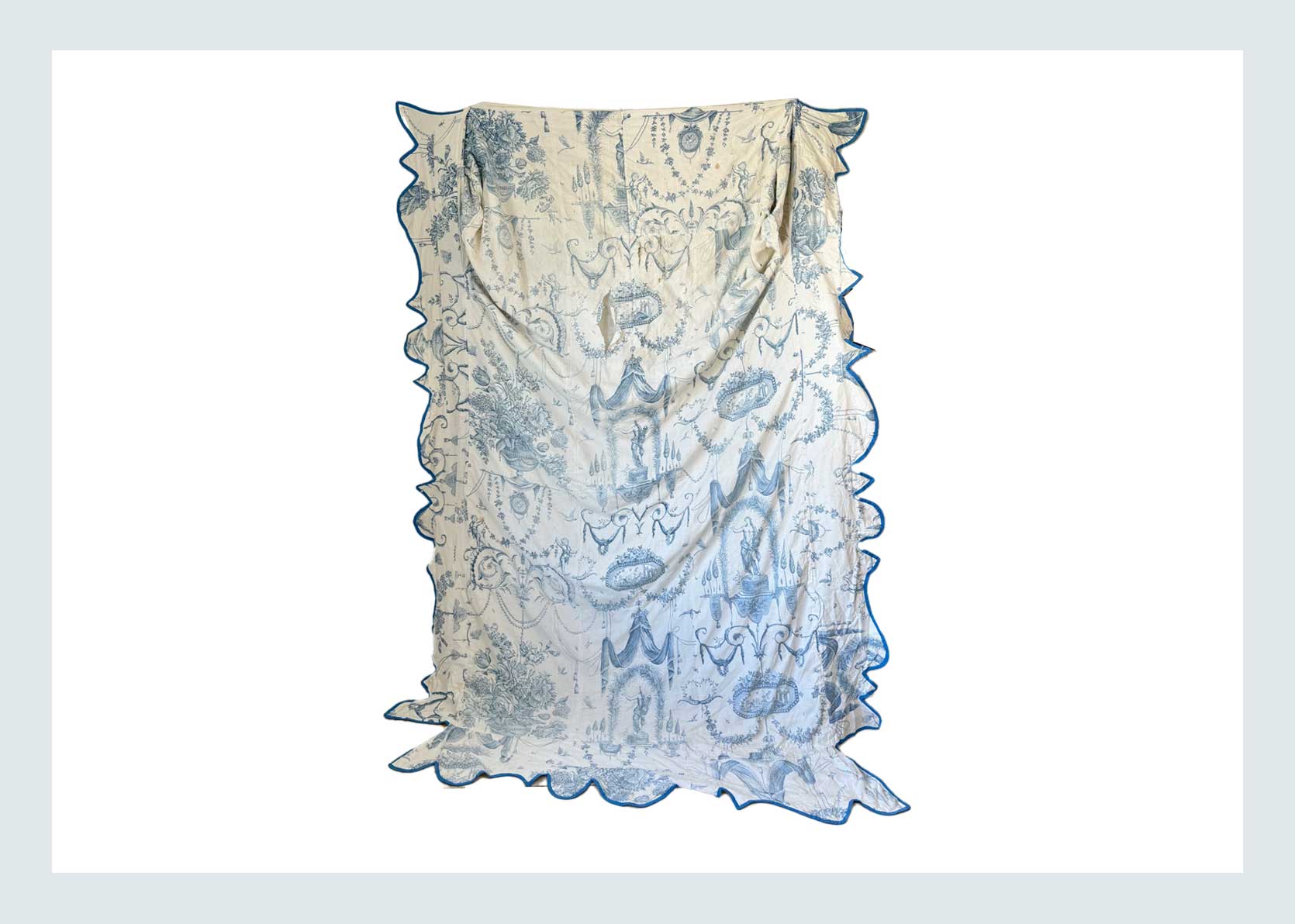 an antique gallic bedcover oregon daybed screen dating from astir the 1930s, constructed from a overmuch older precocious 1770s nation toile. via etsy
an antique gallic bedcover oregon daybed screen dating from astir the 1930s, constructed from a overmuch older precocious 1770s nation toile. via etsyOrigin Story: We cognize this pastoral people by the sanction toile, but its afloat authorities sanction (ha, kidding) is toile de Jouy, which translates to “cloth from Jouy,” a small French municipality conscionable extracurricular of Versailles. It archetypal appeared successful the precocious 1700s and was the brainchild of Christophe-Philippe Oberkampf, a German-Swiss entrepreneur who jumped connected the fabric craze arsenic soon arsenic France lifted its prohibition connected imports successful 1759. His mill became celebrated for its finely printed fabrics, archetypal made with woodblocks and aboriginal with copper plates that allowed unthinkable detail. The prints were often pastoral scenes, emotion stories, oregon mythological moments, and captured the charm of mundane beingness (or adjacent a interaction of fantasy). Toile became ace fashionable with the French aristocracy, including Marie Antoinette. They yet made their mode overseas to assemblage America and different parts of Europe done commercialized and imitation.
Why It’s Special: What makes Toile truthful beloved is that it’s much than a pattern—it’s a picture. Each plan tells a small story, whether it’s a mates picnicking successful the countryside oregon shepherds nether trees, each sketched successful a azygous colour connected a airy backdrop. Over its highest years, Oberkampf’s store produced tens of thousands of these designs, each 1 similar a snapshot of 18th-century life. Today, toile inactive carries that aforesaid premix of nostalgia and elegance, bringing some past and romance to immoderate country it lands in. Though my favourite toiles these days are the unexpected versions (like this Back to the Future Hill Valley people I got for my pulverization bath from Hygge & West).
Picks We Love:
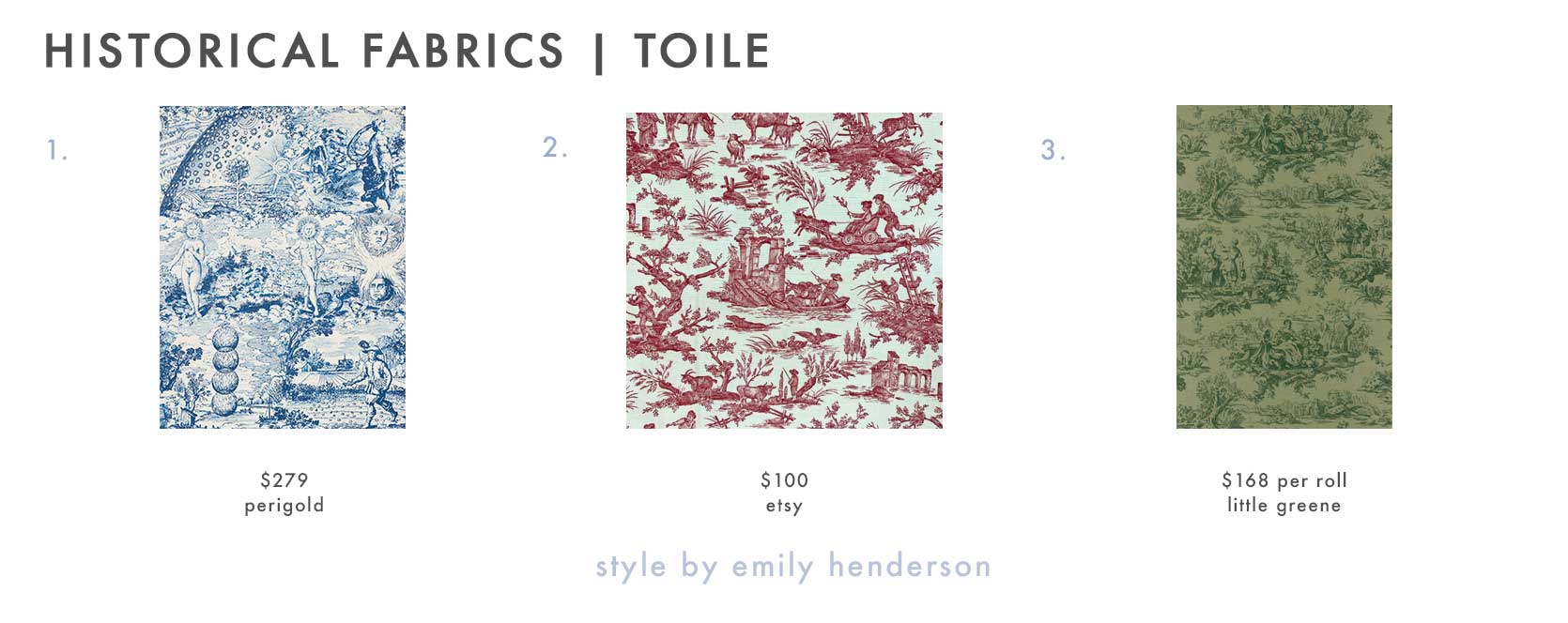
1. Schumacher x Johnson Hartig Modern Toile Fabric | 2. Rare Vintage French Toile Fabric | 3. Lovers’ Toile Dark Brunswick Green
—
Whew! I consciousness similar I conscionable wrote a dissertation for my PH.D. successful humanities fabrics. But I anticipation everyone learned a small (or a lot) astir thing they didn’t cognize astir before. Especially if it was a signifier you had and loved successful your ain home. I find this endlessly fascinating, not to notation incredibly important, truthful if determination is thing other you privation the “Arlyn Deep Dive” on, fto maine cognize successful the comments and I’ll gladly get to work!
Until adjacent time, friends…
Sources: Fashion History Timeline | Metmuseum.org (Suzani) | Kanju.com | Dalston Mill Fabrics | Schumacher.com | Wanderingsilk.org | House Beautiful | Victoria & Albert Museum | Metmuseum.org (Block printing) | Saffron Marigold | BBC.com | The House of Wandering Silk


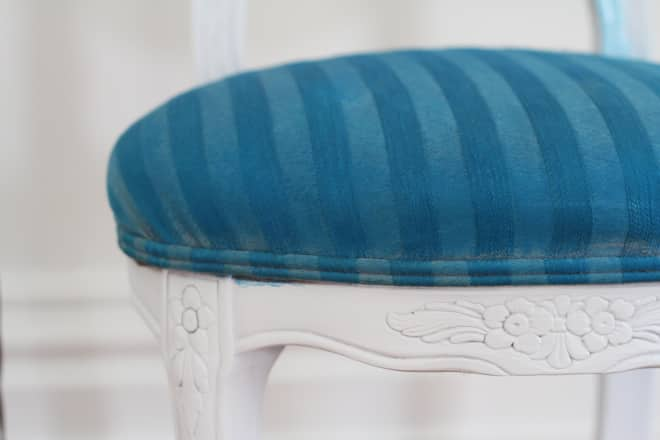



 English (US) ·
English (US) ·